#(1802–1880)
Explore tagged Tumblr posts
Text
The Zetland- the world's oldest surviving lifeboat
The Zetland named after the Marquess of Zetland was launched in Redcar, North Yorkshire in 1802. She had a clinker hull, was 9.15m long and 3.1m wide and a crew of 13 and could be enlarged to 20. She was housed in a boathouse near the beach and was launched using a trolley. It was pulled across the beach to the sea by local people, sometimes by a team of horses from the local farm. When the lifeboat was needed, the crew was called through the streets by a local boy with a drum.
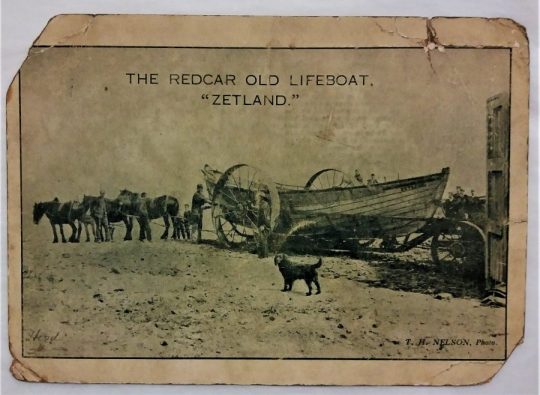
The Zetland (x)
It served for a total of 73 years, saving over 500 lives, but not everything always went well. On Christmas Day 1836, the Zetland was launched to rescue the crew of the Caroline, a Danish tugboat. During the rescue attempt, one of the crew, William Guy, was washed overboard and drowned. This was the only death among the crew in the lifeboat's long history. The Zetland was then washed ashore and was unable to launch, and tragically the crew of the Caroline also drowned.
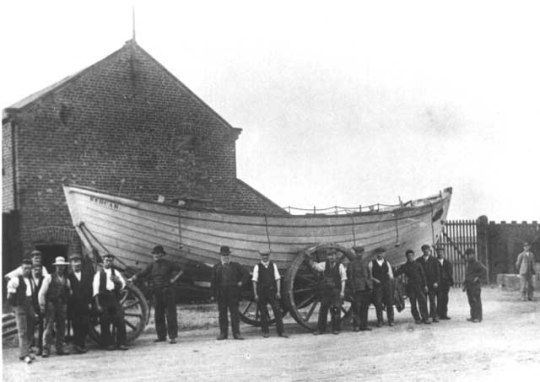
(x)
However, a remarkable rescue operation took place in 1854 when the Jane Erskine ran aground off Redcar. Several local fishermen went out in their boats to refloat the ship, but ran into trouble when the weather deteriorated. The Zetland went out and rescued all the crew and the 26 fishermen, who had a total of 52 people on board.
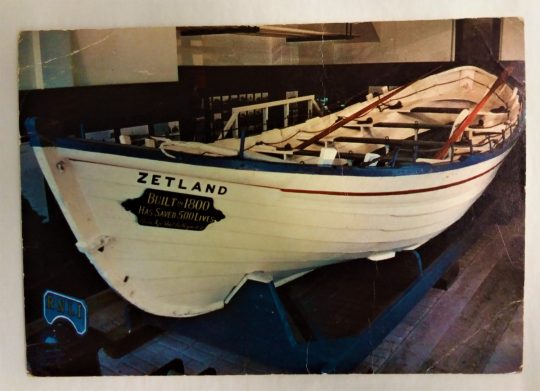
Zetland (x)
After being damaged in 1864 while rescuing a crew from the Brigg Brothers, the Zetland was deemed unserviceable and was to be scrapped. This caused great protests among the population and so the Zetland was handed over to them, who repaired her and so she went out for the last time on 29 October 1880. On that day the schooner Luna rammed the pier at Redcar in a gusty wind and broke in two. Emma and Burton-on-Trent the other two local lifeboats were both out of action after rescuing crew members from two other distressed vessels. Zetland was very successful one last time and rescued the 7 Sailors. She was then decommissioned and can now be admired as the oldest lifeboat in the Zetland Lifeboat Museum in Redcar.
74 notes
·
View notes
Text


Théodore Gudin (French, 1802–1880), "The Golden Horn" (details), 1851
#Théodore Gudin#art#french art#painting#landscape#landscape painting#seascape#seascape painting#marine art#oil on canvas#oil painting#19th century#1850s#paintings#art detail#art history#aesthetic#water#sea#blue
111 notes
·
View notes
Text




Loss of East Indiaman Kent, 1827 - oil on canvas. ― Théodore Gudin (French, 1802-1880)
#Théodore Gudin#art#paintings#classical art#oil painting#art details#classic art#oil on canvas#Incendie du Kent#romanticism#art history#storm#ship#boat#shipwreck#ocean#waves#blue#water#marine art#seascape
759 notes
·
View notes
Text

Greeks and Turks in a Viennese Coffeehouse painted by Theodor Leopold Weller (1802 - 1880)
#art#art history#artwork#culture#curators#history#museums#painting#vintage#romanticism#theodor leopold weller
168 notes
·
View notes
Text
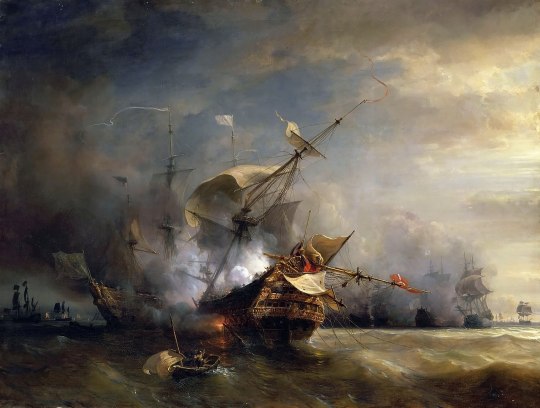
Title: The naval Battle near Lizard Point
Artist: Théodore Gudin
Date: 1802 - 1880
Genre: Battle Painting
155 notes
·
View notes
Text
i was watching a news report about the gaza situation with my kids, and my 4-year-old son rigatoni said, "daddy, the israelis are the bad man. the reckless bombing of a densely-populated area like gaza amounts to genocide under the geneva conventions. and you know after this they'll end up occupying even more palestinian land in gaza and the west bank under the pretext of security. just another chapter in a process of settler colonialism going on since the 1880s. the israelis need to go in time out!"
hearing this, my 3-year-old daughter parmesan took the pacifier out of her mouth and said, "daddy, rigatoni's lying! history didn't begin in 1802. the jews are the indigenous people of the area. they originated there 3000 years ago and some have always lived there continuously since then. the only reason jews had to migrate back to the land was that most were forced out by rome 2000 years ago in the wake of the bar kokhba rebellion. arabs only arrived in the 7th century via conquest. if anything, the palestinian meanies are colonizers!"
they continued to argue for hours like this, until i finally put on paw patrol and their eyes glazed over. 😔
21 notes
·
View notes
Note
Has your museum done any clothing conservation work? Of the historic garments and textiles you have handled, which one is your personal fave?
Thank you for the ask, yay!! This is gonna be long-winded because I'd like to give a good answer to a good ask!
I work at a new(ish) job at a university where I mostly do research, but when I was at the museum (a small decorative arts museum in a sort of historic/museum district in my hometown), how to properly store and conserve the garments in our collection was one of the most pressing questions we discussed. The frustrating thing about garment/textile storage and conservation is that it requires
A. Space and
B. Big moneys
Neither of which the small museum had. Amazingly, for having been in closets on shelves or in cardboard boxes in a basement for decades, most of the garments (which were predominantly mid-late 19th century dresses that had been bought in the 50s or 60s) were in great shape! However, the few that had been munched on by mousies had really been munched on, so those guys would need a lot of help before going on display. The museum has some mid-19th century quilts and coverlets that are in great shape, so those dudes are safe for display and are much-admired.
The museum is currently undertaking a massive refurbishment project, as it is housed in a late-19th century residence that has never had proper repairs, so all of the gowns and a few orphaned bodices are currently wrapped in archival tissue and squirreled away in historic furniture throughout the museum. We had an artist-in-residence who wanted to hang the dresses from the ceiling (I threw a polite FIT) and our director wanted her tween daughter to model the dresses (I threw a slightly politer FIT), but such as it is, how to best conserve and display the garments is still a matter of ongoing discussion.
In response to your second query...
It is so hard to say which garments were my favorite! Since I've spent several years now in the icy trenches of Franklin Expedition research for my thesis, garments from the 1840s-50s were really neat to handle because they were created in my time period of study and made me feel connected to that era.

(The information attached to this dress, meanwhile, stated that it was worn by a teenage girl and was made around 1802, so it was probably still at least mildly in style when Erebus and Terror were built!)
But my very favorite was an 1880s winter walking dress. The 1880s is my favorite decade of 19th century fashion, so it was really delightful to see how lightweight and cozy a velvet dress from that era actually was.
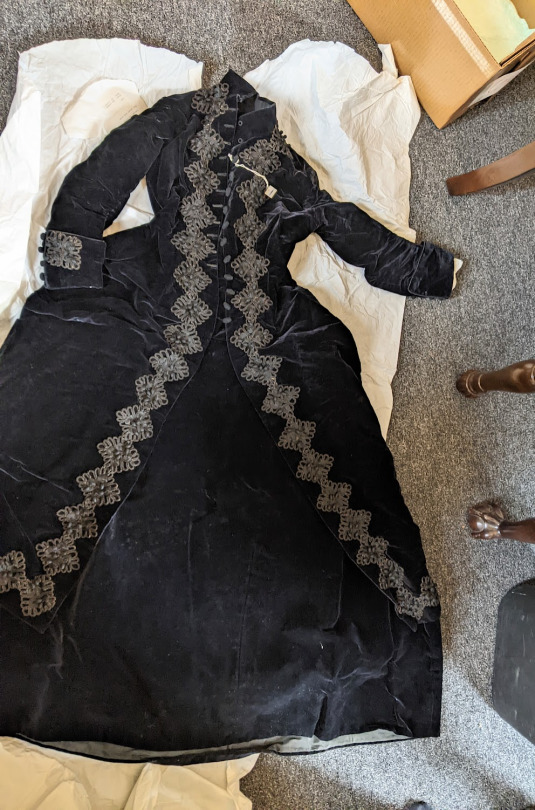
(There seem to be some vaguely 18th-century inspirations in the trims!)
Hopefully in the future, once they get the repairs squared away, the museum will be able to dedicate more space to proper garment storage (probably flat in big archival boxes, supported with tissue, kept away from any erstwhile mice!) and hopefully display some of the garments that are in good shape. They are so beautiful and enchanting and they deserve to be seen!
Thanks so much for the ask!
24 notes
·
View notes
Photo

Jean-Antoine Théodore Gudin (1802-1880, French) ~ View of Constantinople, 1843 - Brown ink wash and gouache on blue paper
[Source: art-salon]
114 notes
·
View notes
Text

Queen Victoria and Prince Albert at the Bal Costume of 12 May 1842
Artist: Edwin Landseer (English, 1802–1873)
Genre: Portrait
Date: 1842
Medium: Oil on Canvas
Collection: Royal Collection Trust
Description
Landseer's double portrait commemorates the costume ball held on 12 May 1842 at Buckingham Palace, attended by over two thousand people. Prince Albert and Queen Victoria, dressed as Edward III and his consort Queen Philippa of Hainault, received the guests in the Throne Room, rearranged to create the setting accurately depicted here by Landseer. Members of the Royal Household were expected to appear in dress of the same period, although other guests could wear costumes of their own choosing.
The royal couple stand on a raised dais beneath a Gothic canopy decorated with a purple velvet cloth of estate on which the royal arms of Edward III, with its combined French and English quarterings, have been embroidered. The costumes were designed under the supervision of James Robinson Planché (1796-1880) and were specifically intended to give work to the declining Spitalfields silk industry. The royal couple's costumes were based on tomb effigies. Despite this attempt at accuracy, Queen Victoria's silhouette, created through tightly laced stays and multiple petticoats, betrays the fashions of her own era. Equally anachronistically, Prince Albert is shown wearing the jewelled Sword of Offering (Blair 1998, vol. II, no. 6), made by Rundells for George IV's coronation in 1821.
The ball of 1842 was the first of three costume balls held by the royal couple. The second, on 6 June 1845 was in early Georgian dress, while the third, on 13 June 1851 was in the style of the Restoration.
#painting#english#royalty#queen victoria#prince albert#custome#ball#buckingham palace#gothic canopy#royal couple#english history#19th century england#19th century painting#edward landseer#english painter#crown#jewels
3 notes
·
View notes
Text

Seascapes, by Théodore Gudin (1802-1880)
417 notes
·
View notes
Text




Théodore Gudin (French, 1802–1880), "The Golden Horn" (details), 1851
#Théodore Gudin#art#french art#painting#landscape#landscape painting#seascape#seascape painting#marine art#oil on canvas#oil painting#19th century#1850s#art detail#art history#aesthetic#sea#blue#scenery#nature
83 notes
·
View notes
Text




Battle at The Lizard, c.1940 - oil on canvas. ― Théodore Gudin (French, 1802-1880)
#Théodore Gudin#art#paintings#classical art#oil painting#art details#classic art#oil on canvas#Combat du Cap Lézard#art history#romanticism#burning#ship#boat#battle#fire#ocean#water#marine art#seascape
660 notes
·
View notes
Text

Portrait of a girl painted by Theodor Leopold Weller (1802 - 1880)
#art#art history#artwork#culture#curators#history#museums#painting#romanticism#vintage#theodor leopold weller
35 notes
·
View notes
Text

The Castaway and /or Mère et son enfant face à l'océan (Mother and child facing the ocean) by Jean Antoine Théodore de Gudin (French painter, 1802-1880)
117 notes
·
View notes
Text

Title: Evening mood over a seascape with sailing boats
Artist: Théodore Gudin
Date: 1802 - 1880
Genre: Marina
Details






#art detail#art history#art#painting#artwork#museums#history#culture#vintage#theodore gudin#curators
82 notes
·
View notes
Photo

Johann Michael Wittmer (German, 1802-1880) Aesop, Detail, 1855 Royal Collection Trust, UK
#art#fine art#classical art#european art#german art#mediterranean#greece#cradle of civilization#germanic art#fine arts#beautiful art#rome#greek#roman#europe#europa#european#aesop#aesop 1855#world history#germany#german
40 notes
·
View notes